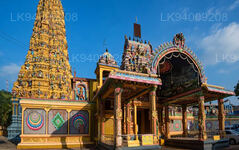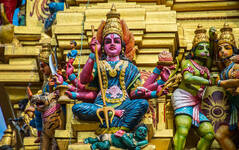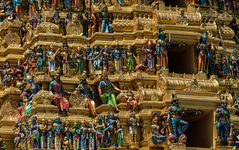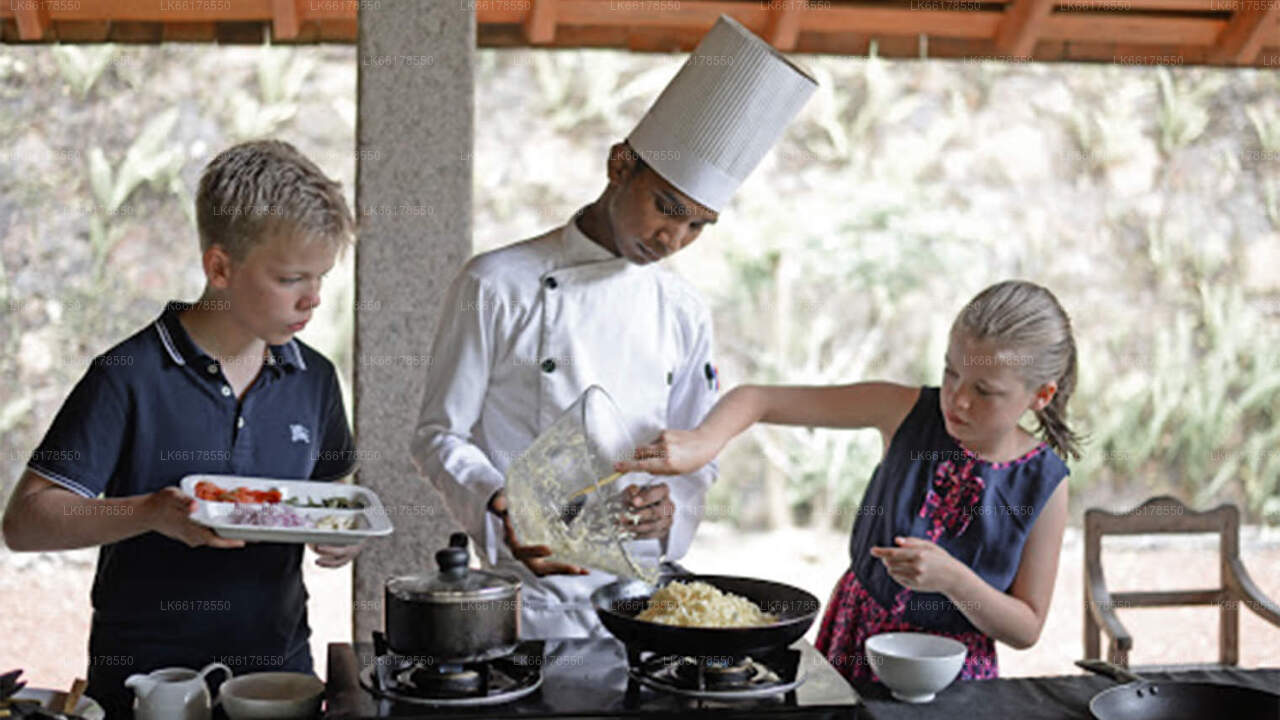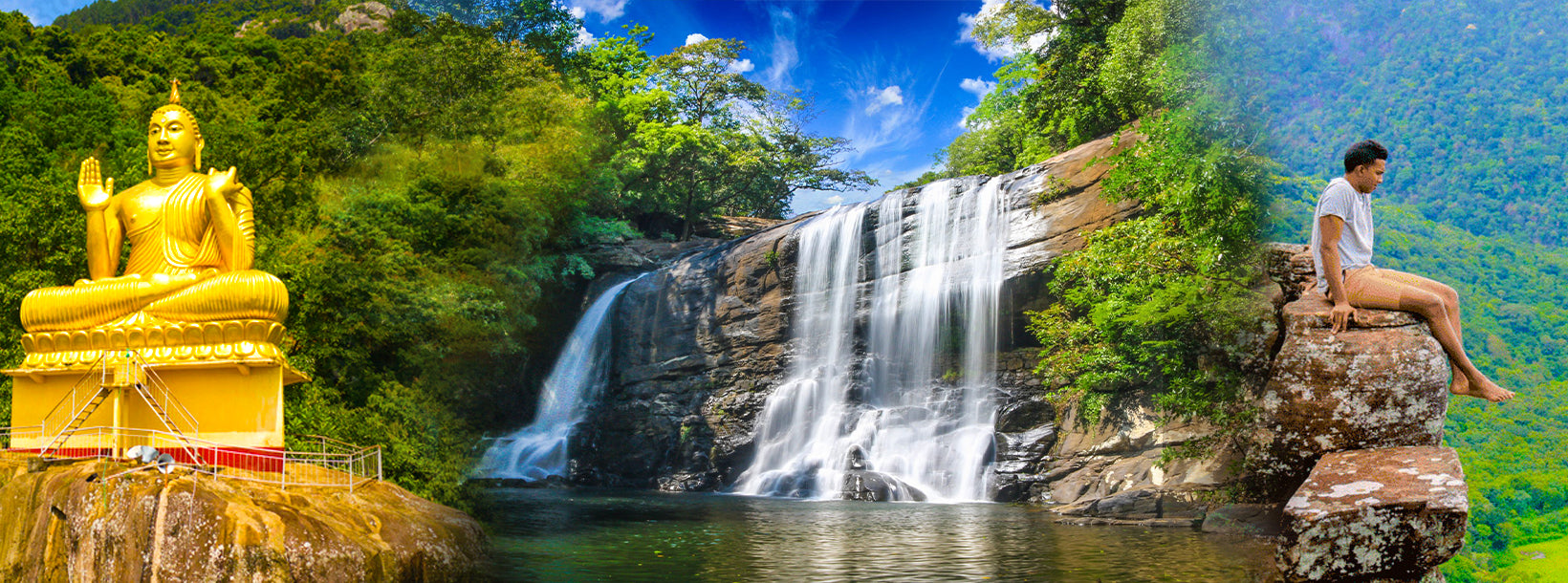
Matale City
Matale, Sri Lanka, is renowned for its lush vegetation and spice gardens. Located in the central province, it offers a rich cultural experience with cooking classes and demonstrations. Visitors can learn traditional recipes and techniques, such as clay pot cooking, and enjoy dishes like chicken curry and dhal curry, making Matale a culinary and cultural treasure.
Sri Muthumariamman Temple
Muthumariamman Temple (Tamil: முத்து மாரியம்மன் கோவில்) or Arulmigu Sri Muthumari Amman Kovil is a Hindu temple in Matale, Sri Lanka.
The prefix “Muthu”, literally means “pearl”. "Mari" means rain and "Amman" means mother in Tamil language.The temple is dedicated to Mariamman, the goddess of rain and fertility. The chariot festival in this temple is held usually coinciding with Magam on a Full Moon Poya Day.
HistoryThe land was originally part of a paddy field and was gifted by the owner in 1852.
The current temple was built in 1874, funded by the Nattukkottai Chettiar. This temple is used by both Hindus and Buddhists. The temple was originally a small statue under a tree prayed to by the Hindu people but has been developed by the people in Matale. The first Kumbhabhishekham of the temple was held in 1960.
The temple was severely damaged during the anti-Tamil riots in July 1983 but was subsequently restored. One of the visually dominant features of this temple is its 32.9 m (108 ft) high Gopuram ('Raja Koburum'), a large decorated tower located above the main northern gateway ('Vadakku Vaayil') to the temple.The Raja Koburum is one of the largest Gopurams in Sri Lanka. The 1008 statues of Hindu deities are the work of South Indian sculptor, Nagalingam and his son Ramanathan, with the help of about 100 designers, painters and architects from Tamil Nadu and Sri Lanka. The Raja Koburum was completed in 2007 at the cost of approximately Rs 150M.
Special eventsThe main religious festivals including the chariot festival at the temple are celebrated during February or March on an annual basis.
The temple has five ornate chariots, which are used to convey statues of Hindu deities around the city on 'Ther' or 'Vettai Thiruvizha', the chariot ceremony day, which is held the day before 'Medin Poya' (the Poya day in March).Ganesha, Shiva, Mahadevi, Murugan and Chandeshvara Nayanar are the five prominent statues of Hindu deities which are carried by devotees in the chariot festival.
About Central Province
The Central Province of Sri Lanka consists primarily of mountainous terrain. The province has an area of 5,674 km², and a population of 2,421,148. Some major towns include Kandy, Gampola (24,730), Nuwara Eliya and Bandarawela. The population is a mixture of Sinhalese, Tamil and the Moors.
Both the hill capital Kandy and the city of Nuwara Eliya are located within the Central Province as well as Sri Pada. The province produces much of the famous Ceylon tea, planted by the British in the 1860s after a devastating disease killed all the coffee plantations in the province. Central Province attracts many tourists, with hill station towns such as Kandy, Gampola, Hatton and Nuwara Eliya. Temple tooth or Dalada maligawa is the main sacred place in Centrel province.
The climate is cool, and many areas about 1500 meters often have chilly nights. The western slopes are very wet, some places having almost 7000 mm of rain per year. The eastern slopes are parts of the mid-dry zone as it is receiving rain only from North-Eastern monsoon. The Temperatures range from 24°C at Kandy to just 16°C in Nuwara Eliya, which is located 1,889 m above sea level. The highest mountains in Sri Lanka are located in the Central Province. The terrain is mostly mountainous, with deep valleys cutting into it. The two main mountain regions are the central massif and the Knuckles range to the east of Kandy.


